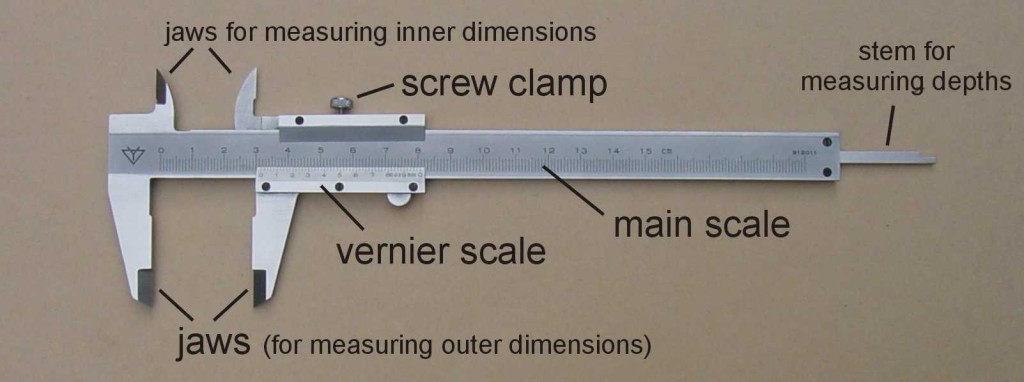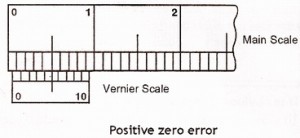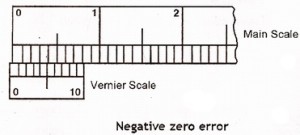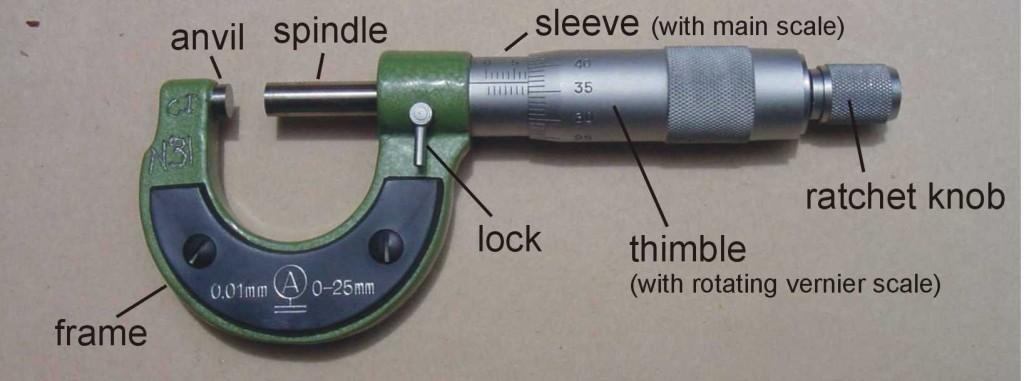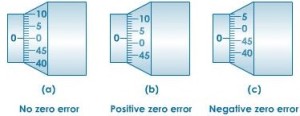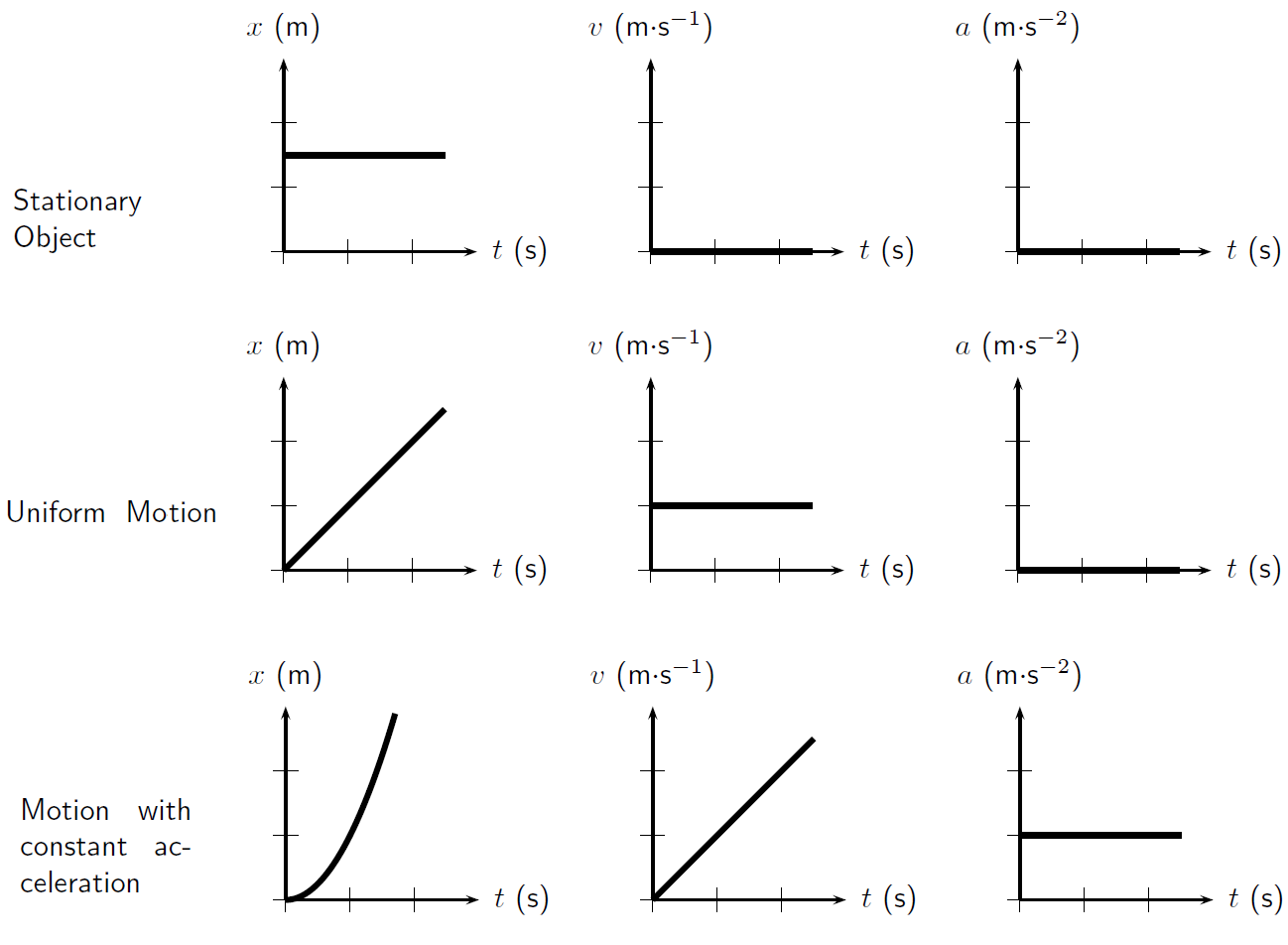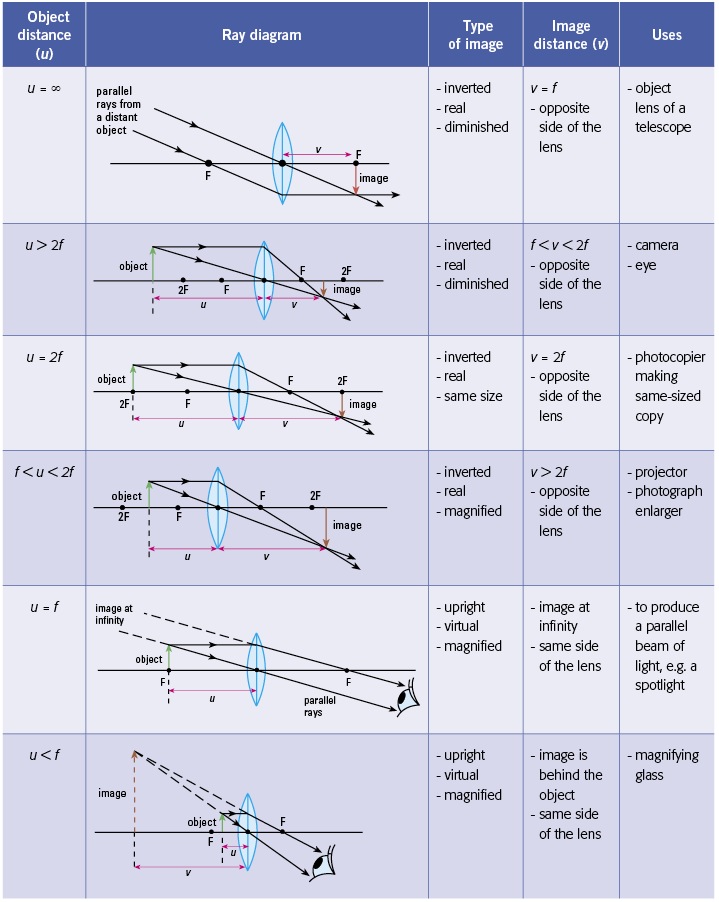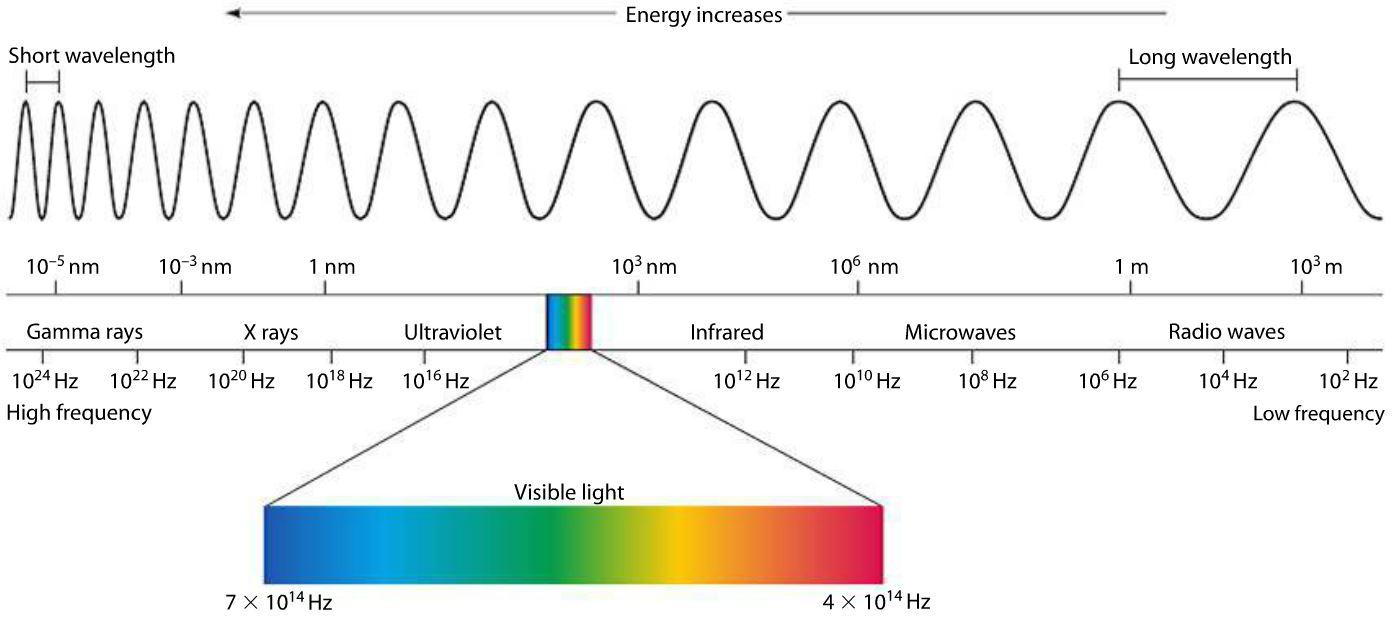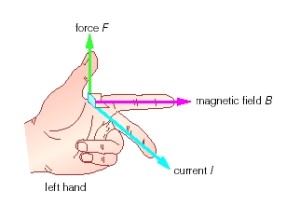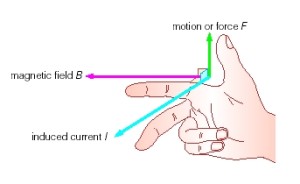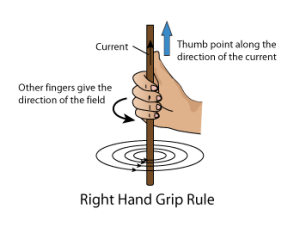This post contains all the important formulas that you need for GCE O Level Physics. (Equivalent to American High School Diploma) If you do not recognise any of the formulas listed here, you should go review the respective topic. For definitions, please visit All Definitions Needed For O Level.
Table of Contents
Measurements
| Physical quantity | Base SI unit |
|---|---|
| Mass (m) | Kilogram (Kg) |
| Length ($l$) | Metre (m) |
| Time (t) | Second (s) |
| Current ($\text{I}$) | Ampere (A) |
| Temperature (T) | Kelvin (K) |
| Amount of sub. (n) | Molar (mol) |
| Luminous Intensity (L) | Candela (cd) |
| Number | Prefix | Number | Prefix |
|---|---|---|---|
| $10^{-9}$ | nano (n) | $10^{-1}$ | deci (d) |
| $10^{-6}$ | micro ($\mu$) | $10^{3}$ | Kilo (K) |
| $10^{-3}$ | milli (m) | $10^{6}$ | Mega (M) |
| $10^{-2}$ | centi (c) | $10^{9}$ | Giga (G) |
$$\text{Reading without zero error} = \text{Reading Obtained}-\text{Zero Error}$$
Kinematics
Average Speed, $s = \frac{\Delta d}{\Delta t}$, d is distance travelled
Average Velocity, $v = \frac{\Delta x}{\Delta t}$, x is displacement
Acceleration, $a = \frac{\Delta v}{\Delta t}$
$v = u + at$
$x = ut + \frac{1}{2} a t^{2}$
$v^{2} = u^{2} + 2 ax$
$s = \frac{1}{2} \left( u + v \right) t$
| Information that you have | Equations of motion to use | ||||
|---|---|---|---|---|---|
| s | u | v | a | t | |
| $v = u + at$ | |||||
| $s = ut + \frac{1}{2} at^{2}$ | |||||
| $s = \frac{1}{2} (u + v)$ | |||||
| $v^{2} = u^{2} + 2as$ | |||||
$v_{free \, fall} = \sqrt{2 gh}$
If a car is driving around a circle at a constant speed, its velocity is not constant! The car is accelerating! Why? Because velocity is a vector (has both magnitude and direction). When the car is travelling around the circle, its direction is changing constantly.
Forces and Turning effect of Force
Newton’s First Law: A body continues to stay in its state of rest or uniform motion in a straight line as long as there is no net force acting on the body.
Newton’s Second Law: The acceleration of an object is directly proportional to the net force acting on it and inversely proportional to its mass.
Newton’s Third Law: For every force object A acts on object B, object B will exert an equal and opposite force on object A giving rise to reaction force.
$M = Fd$, M = moment, d = perpendicular dist. from force to pivot
Principle of moment: sum of anti-clockwise moment = sum of clockwise moment. $\rightarrow$ rotational equilibrium.
Mass, Weight & Density
$w = mg$
$\rho = \frac{m}{V}$
Pressure
$P = \frac{F}{A}$
$P_{fluid} = h \rho g$
Hydraulic press: $\frac{F_{1}}{A_{1}} = \frac{F_{2}}{A_{2}}$
Boyles’ law: $P_{1}V_{1} = P_{2}V_{2}$
Work, Energy & Power
$W = Fd$
$P = \frac{W}{t} = Fv$
$E_{k} = \frac{1}{2} m v^{2}$
$E_{g} = mgh$, g = 9.81 $m \, s^{-2}$
Conservation of energy: Initial energy = final energy
Thermal Physics
$PV \propto T$
$P_{1}V_{1} = P_{2} V_{2}$
$E = m c \Delta T$
$E_{fusion} = m L_{fusion}$
$E_{vap.} = m L_{vap.}$
Temperature can be measured using the following methods:
- Expansion of fixed mass of liquid
- Changes in resistance of a piece of metal
- Expansion of gas at constant pressure
Why is there constant temperature during melting?
- During melting, heat energy is used to weaken the attraction between the solid particles and not used to increase the kinetic energy of the particles.
When a thermometer is placed into hot water, why does the reading drops first then increase?
- The glass bulb expands before the mercury expands.
Good radiator of heat
- Black surface
- Rough surface
Waves, Reflection & Refraction of light, Converging lens, Electromagnetic Spectrum, Sound
$v = f \lambda$
$f = \frac{1}{T}$
Law of reflection: $\theta_{i} = \theta_{r}$
Snell’s Law: $n_{1} \sin{\theta_{1}} = n_{2} \sin{\theta_{2}}$
Refractive index: $n = \frac{c}{v}$
Denser to less dense medium: Light ray bends away from normal
Less dense to denser medium: Bends towards normal
$$1 < n \left( \lambda_{\text{red}} \right) < n \left( \lambda_{\text{green}} \right) < n \left( \lambda_{\text{blue}} \right)$$
Critical angle: $\sin{\theta_{c}} = \frac{n_{2}}{n_{1}}$, $n_{2}$ is smaller than $n_{1}$
Magnification: $M = \frac{h_{i}}{h_{o}} = \frac{d_{i}}{d_{o}}$
Note:
- An image that is real is always inverted!
- An image that is virtual is always upright!
When a water wave moves from deep to shallow,
- wavelength become shorter
- Frequency remains the same (Freq. of water wave only depends on SOURCE)
- Speed becomes slower
Factors that affect speed of sound
- Temperature – Higher temperature = higher speed of sound
- Medium – The denser the medium, the higher the speed of sound
- Humidity – Sound travels faster in higher humidity conditions
Characteristics of Image formed on plane mirror
- Same size
- Laterally inverted
- Image is virtual
Electricity and D.C. Circuits
$\epsilon = \frac{W}{Q}$
$V = \frac{W}{Q}$
$I = \frac{Q}{t}$
$R = \frac{V}{I}$ (IMPT: It’s ratio, NOT gradient)
$R = \frac{\rho L}{A}$
Series: $R_{total} = R_{1} + R_{2} + …$
Parallel: $\frac{1}{R_{total}} = \frac{1}{R_{1}} + \frac{1}{R_{2}} + …$
$P = VI = I^{2}R = \frac{V^{2}}{R}$
$E = Pt = (VI)t$
Electromagnetic Force and Electromagnetic Induction:
Transformer:
$\frac{V_{p}}{V_{s}} = \frac{N_{p}}{N_{s}}$
$V_{p}I_{p} = V_{s}I_{s}$
Operation of transformer:
- Alternating current supplied to primary coil
- Alternating current causes iron core to magnetise and magnetic field to change
- Magnetic fields follow iron core and link to secondary coil
- Hence, emf is induced in the secondary coil by electromagnetic induction due to the changing magnetic fields
Left hand rule for motor:
Right hand rule for generator/dynamo:
Right hand grip rule: (To determine direction of magnetic field/current)
Ways to increase emf in solenoid:
- Use a stronger magnet
- Increase the speed of moving the magnet
- Increase the number of turns in the coil
Ways to increase emf in a.c. generator:
- Decrease distance between magnet and coil
- Use a stronger magnet
- Increase frequency of rotation of the coil (Double freq. = double max. e.m.f. and halving T)
- Increase number of turns in the coil (Double no. of turns = double max e.m.f.)
Radioactivity & The Nuclear Atom
Half life: (n is number of half-life)
$$\frac{N_{\text{final}}}{N_{\text{initial}}} = \left( \frac{1}{2} \right)^{n}$$
